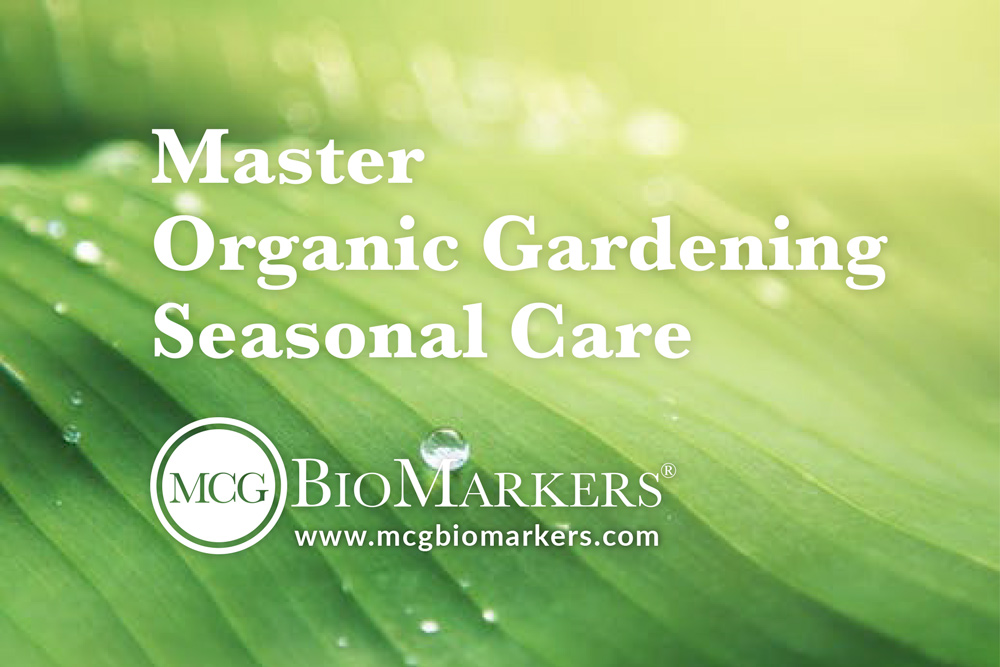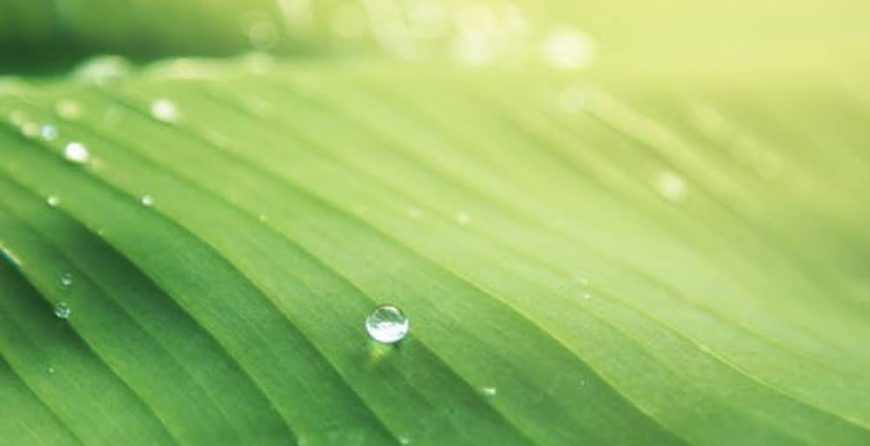
After cultivating and your garden starts yielding results, there is a specific way you are supposed to care for your crops. You may have spent much time caring for your soil and ensuring that it is nutrient rich before cultivating. However, that should not be the end of caring and maintaining your garden. The real job begins when your crops start to sprout. You must keep them well nourished, watered and protected from opportunistic pests and diseases. Here is a guide on how to care and maintain your growing crops.
Water
Though the art of watering crops may be easy and experts’ recommend consistent watering for best results, different crops thrive under different watering conditions. Also, you must consider your water expenses at the end of every month. As much as you want to reap maximally from your garden, you must make rational watering decisions. Consider watering methods like the soaker hose, sprinkler systems, and drip irrigation that save you up to 60% of water usage. These irrigation methods ensure that your plants get as much water as they require without wetting the leaves. However, too much water can be detrimental to the roots. Moss and mold growing on soil are a sign that the roots are too wet while dead and browning leaves are a sign of under watered leaves.
Understand your soil type
Different soil types require different nutrient boosters and watering regimes. The main soil types are clay soil, loam soil, and sandy soil. Clay soil absorbs water slowly; so, loosen it before watering and water slowly as the soil absorbs the water. Add organic materials like peat moss and compost to hold in moisture. Sandy soil absorbs water quickly, and the plants cannot absorb the water as fast while loam soil absorbs water fast and holds it for plants to take in slowly. Loam soil is a combination of silt, clay and sand soils.
Mulching
Mulching is the act of layering organic materials on your garden. It is good for improving moisture retention, controls soil temperature, prevents erosion, the growth of weed and occurrence of opportunistic diseases. Common mulching materials include; leaves, sawdust, grass clippings, hay, straw, and bark. Mulch should be applied in late spring after the soil warms. Coffee grounds and pine needles are ideal mulch for acid loving plants like raspberries, potatoes, strawberries and blueberries.
Keep the garden healthy
For your crops to grow and provide healthy produces, you must have a green and healthy garden. Keep the soil healthy by ensuring that it is feed with good manure and enough compost. Keep the weeds under control because they attract diseases and insects. Remember that, organic gardening eliminates that use of chemical herbicides and pesticides. So if you must use pesticides and herbicides, use organic products. Also, keep your gardening tools clean and free of disease-causing microbes by disinfecting them occasionally or after every growth season.
Conclusion
Organic gardening yields healthier and tastier foods. However, you must work hard to maintain and care for your garden thoroughly before, during and after every growth season. The above are just a few examples of how you should maintain care for your garden. Understand your soil and regional climate before designing a garden maintenance program.


